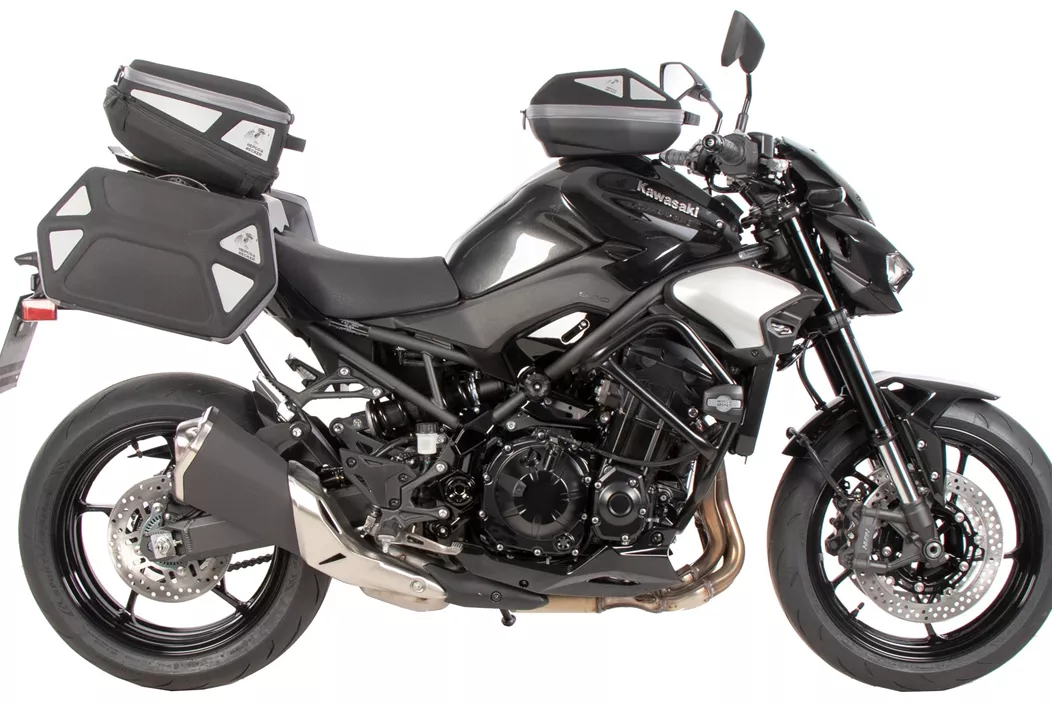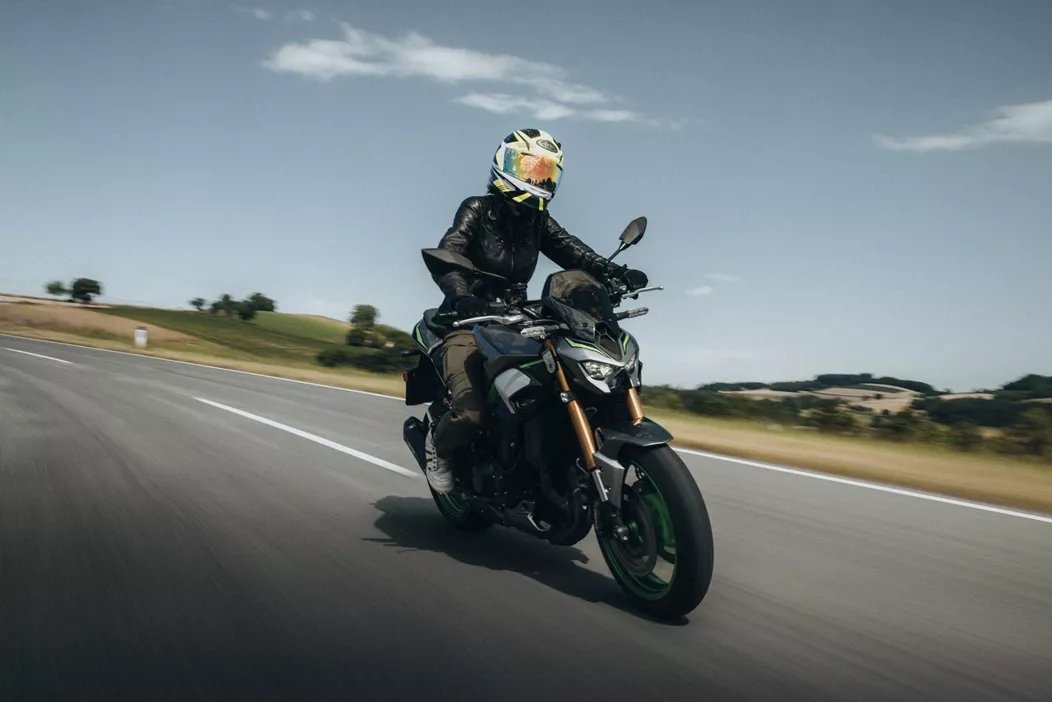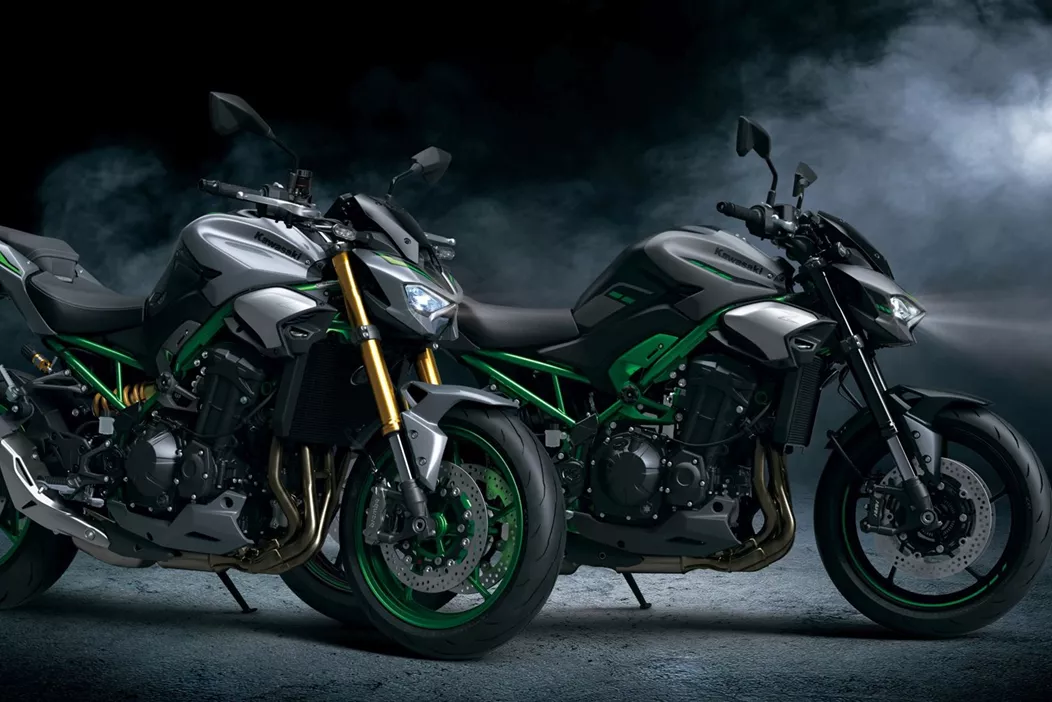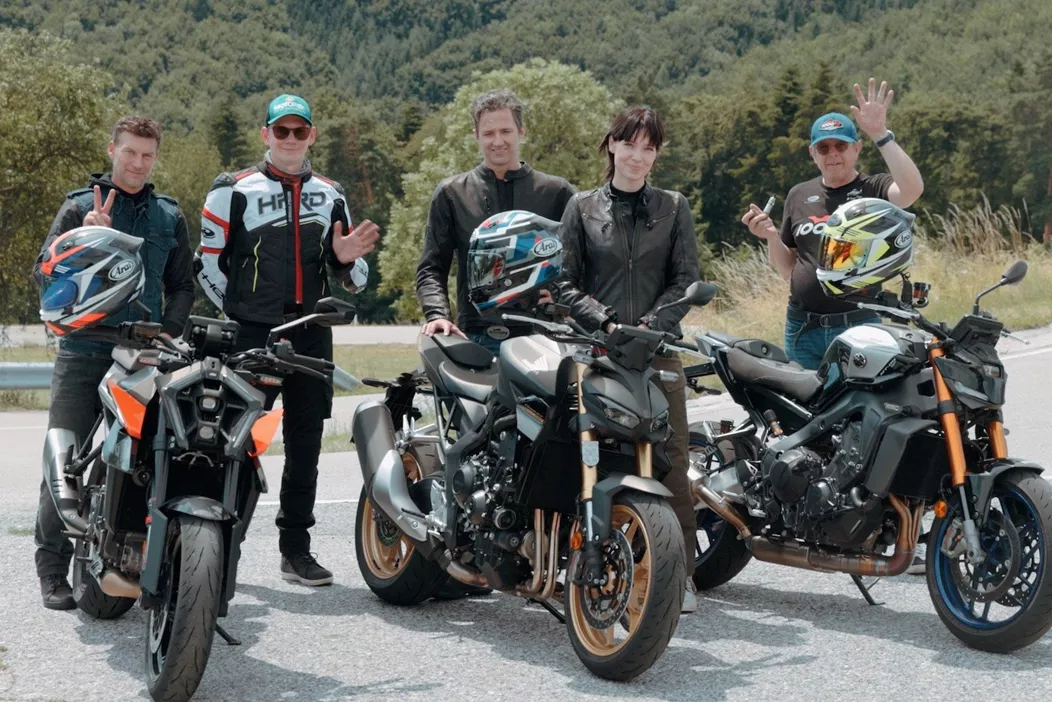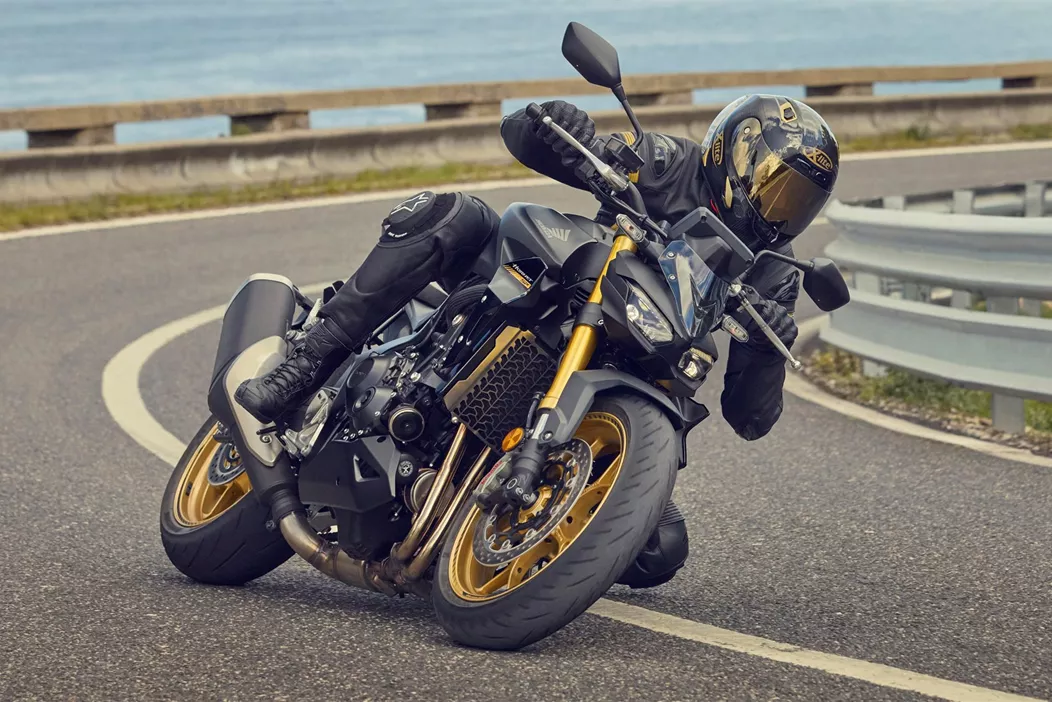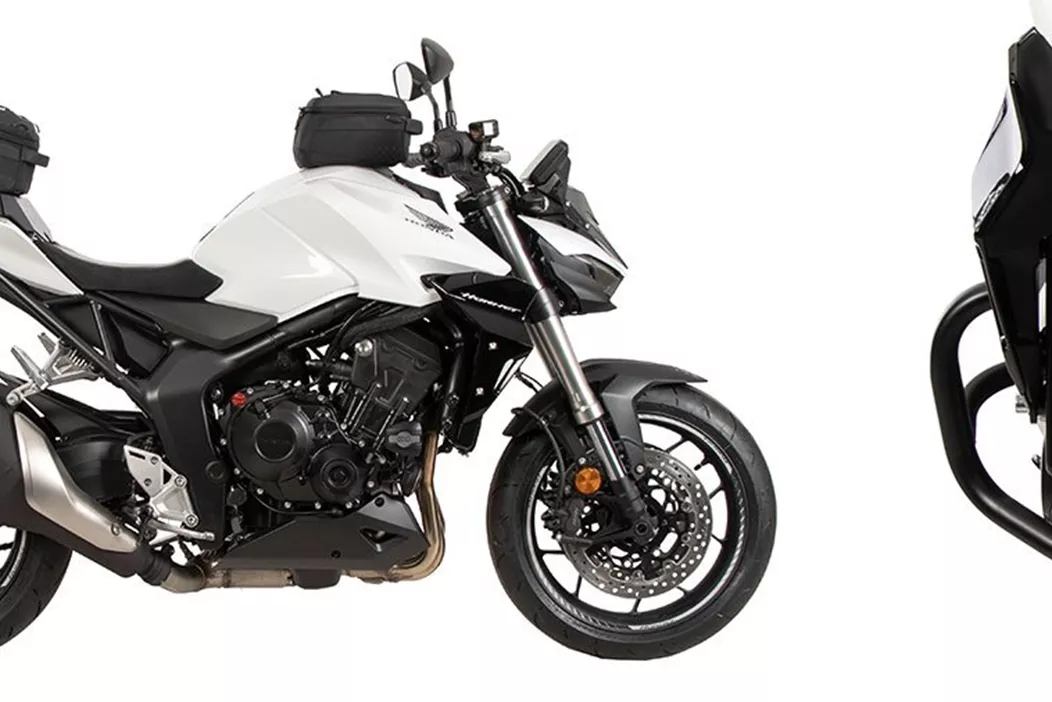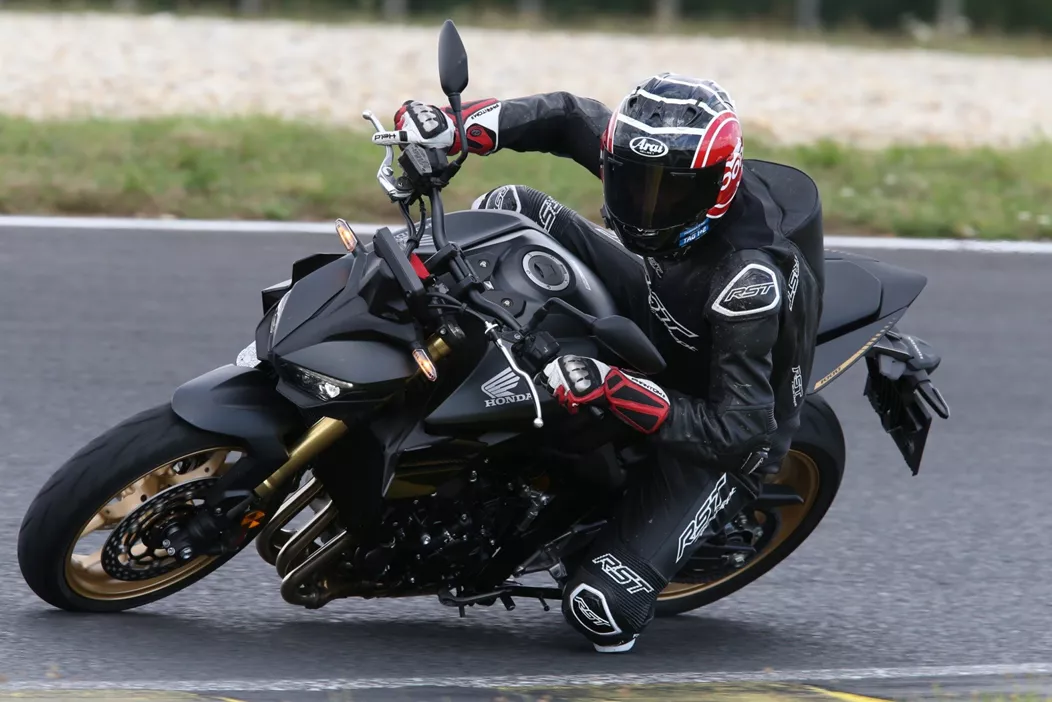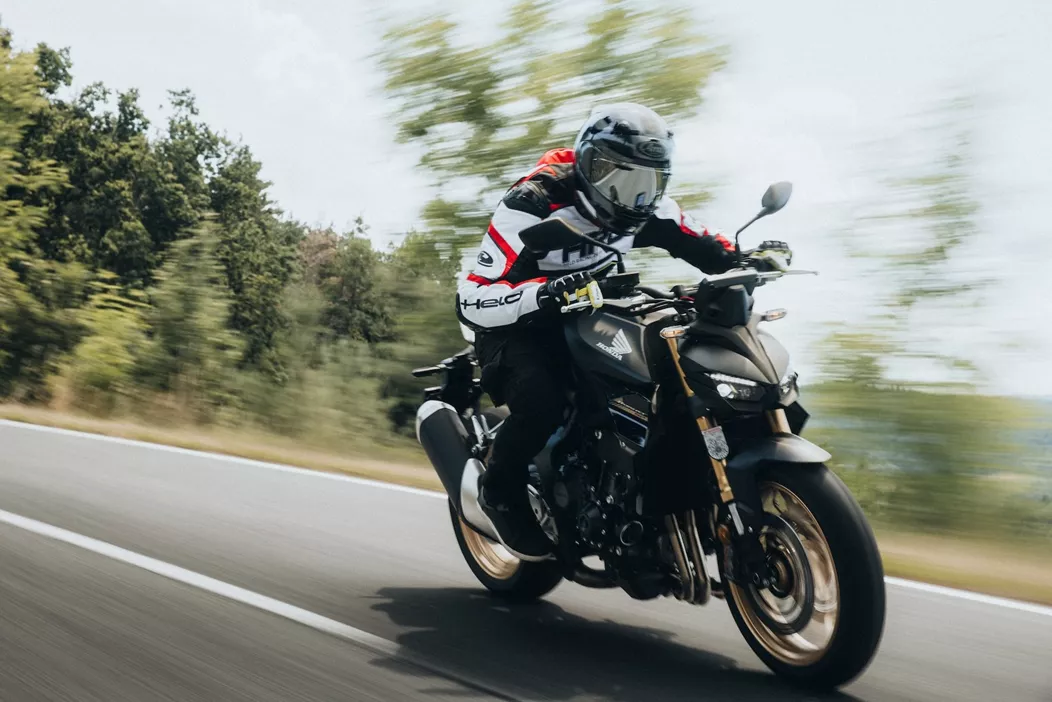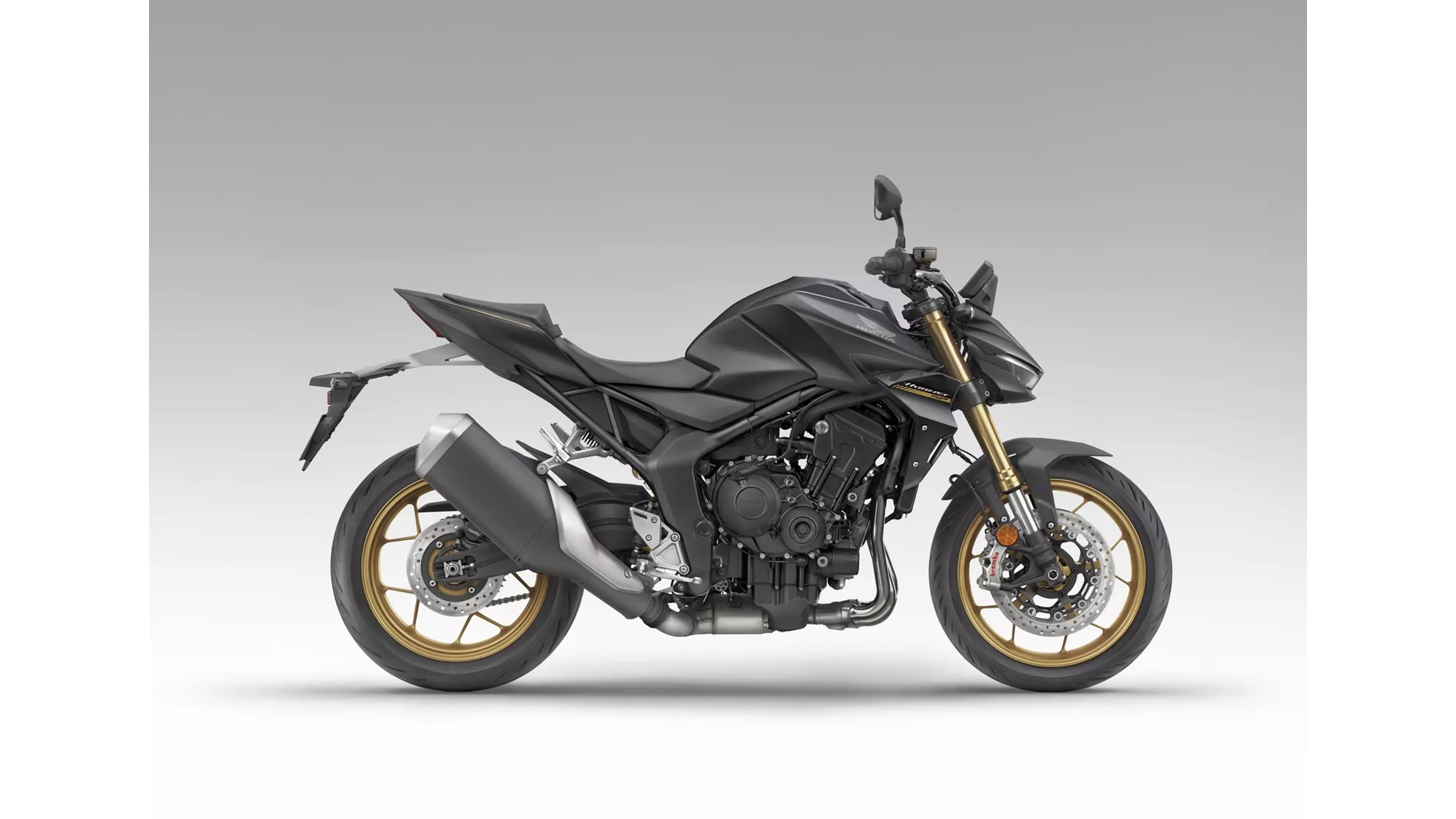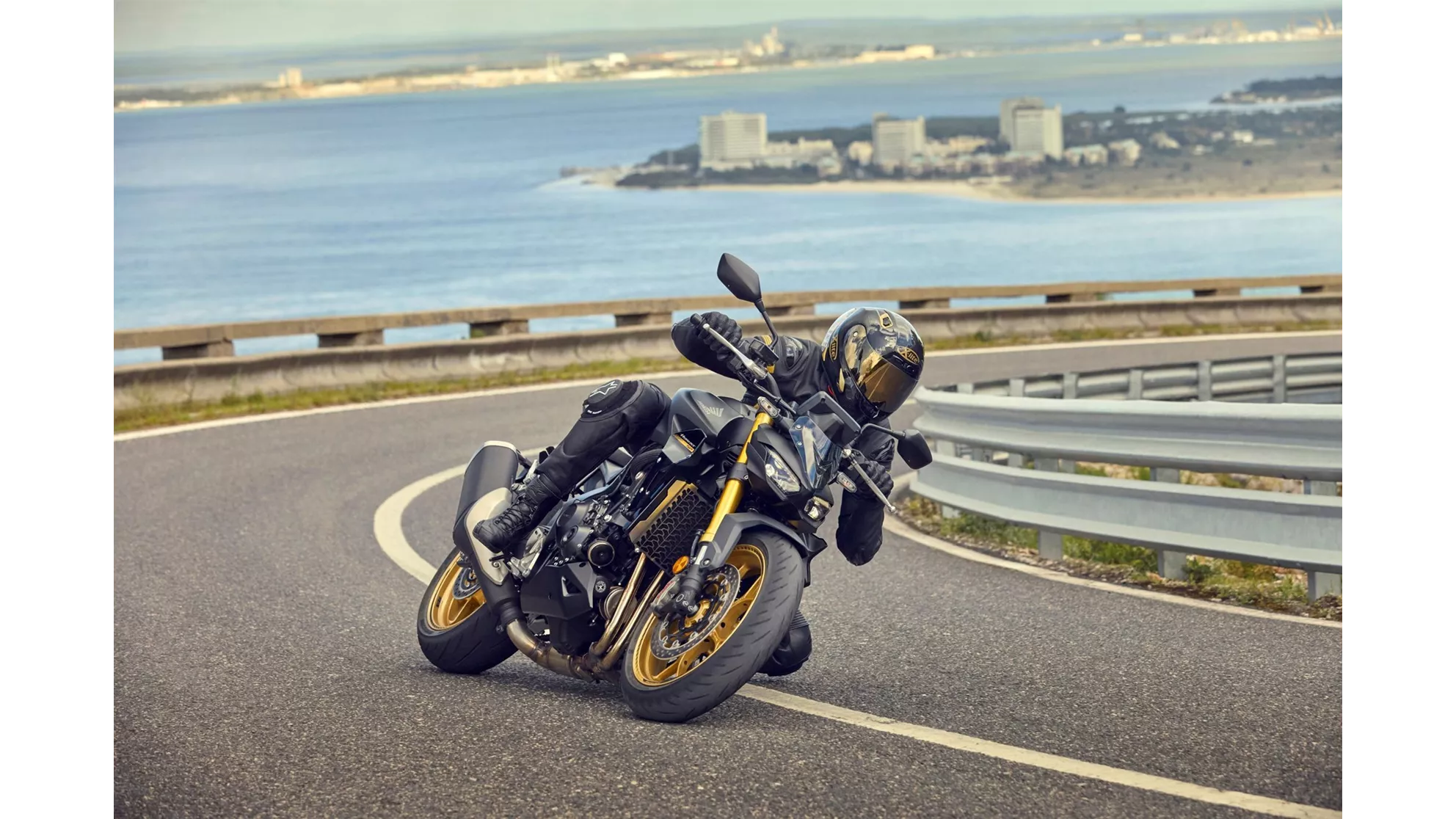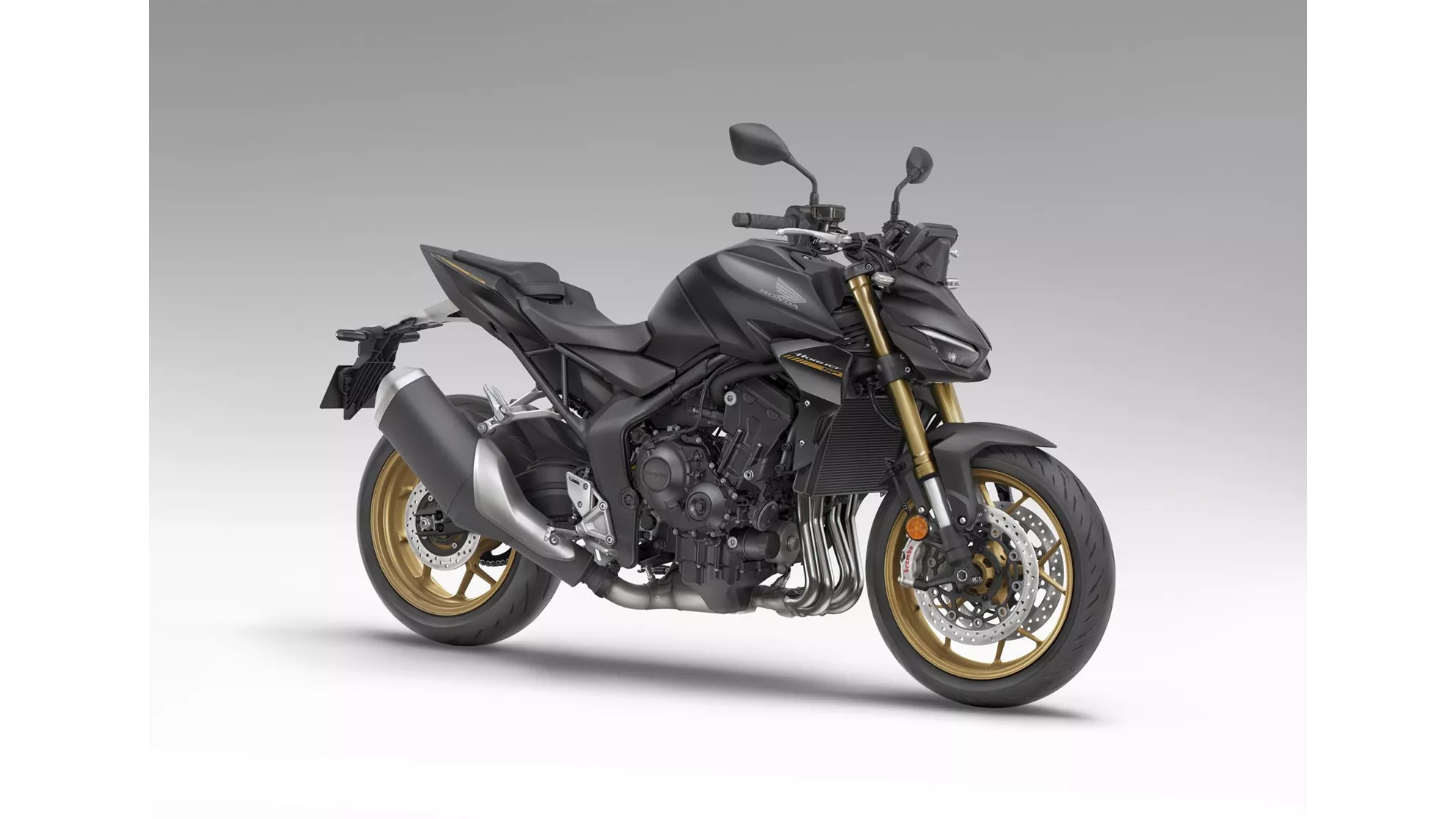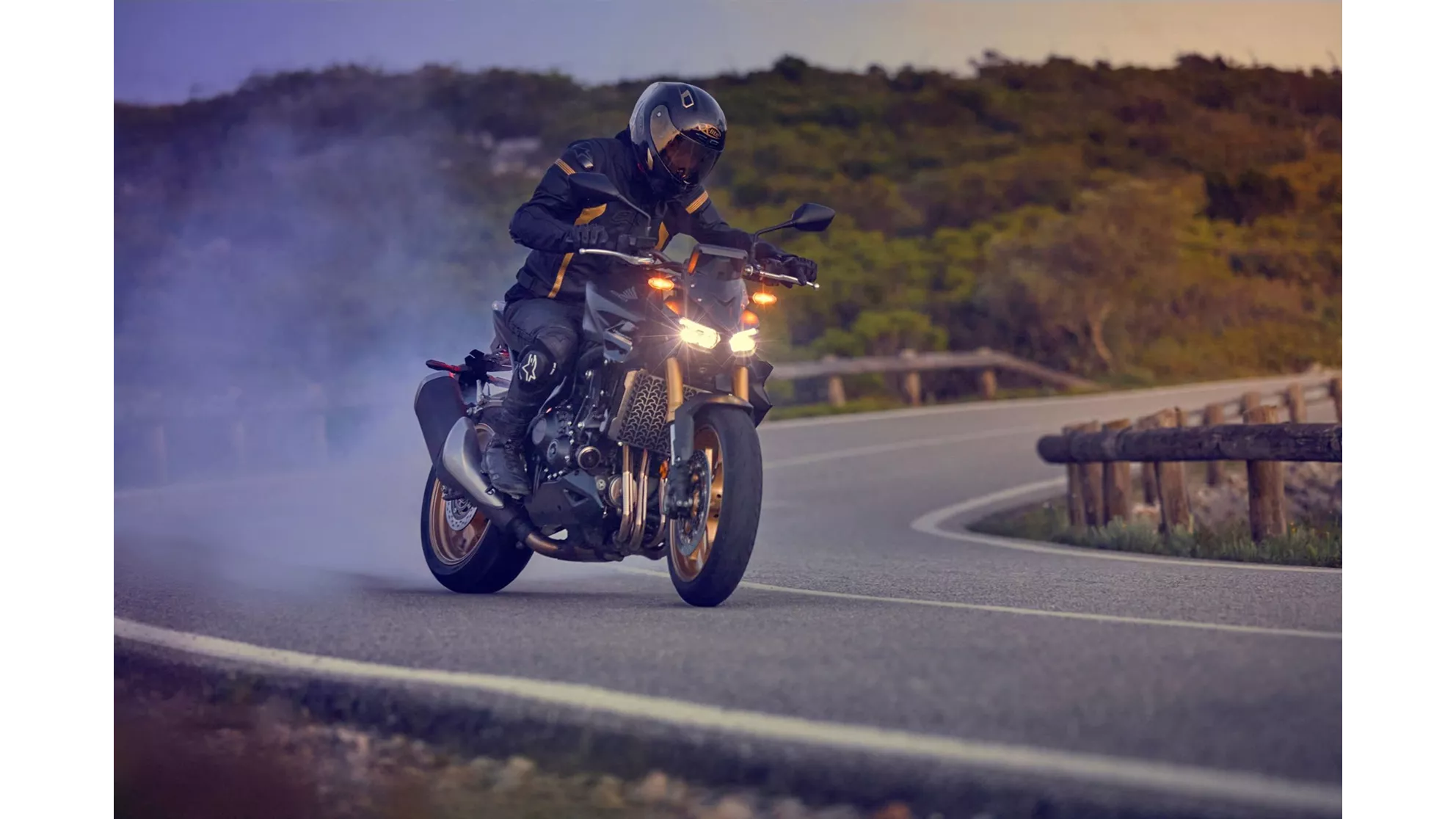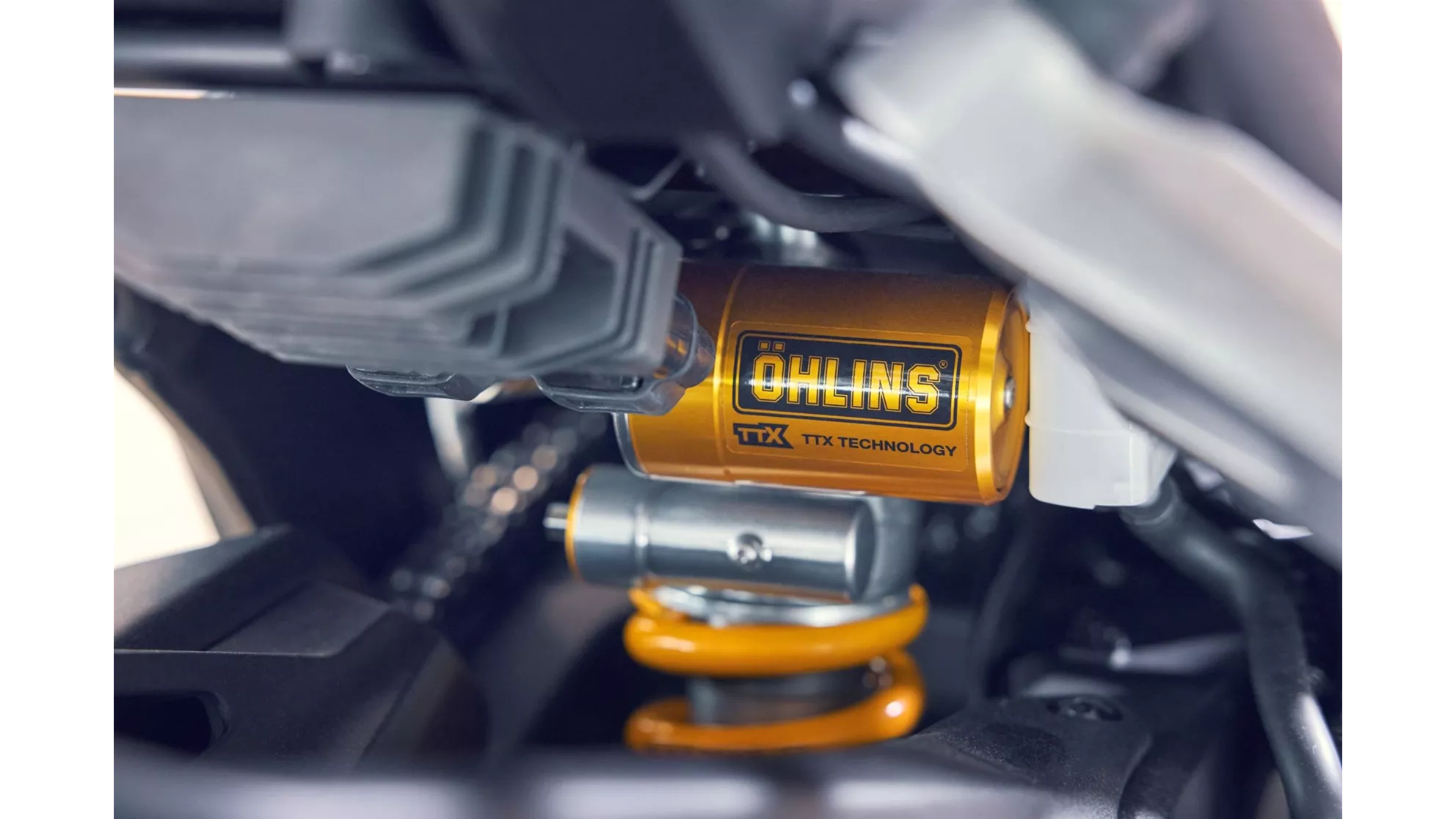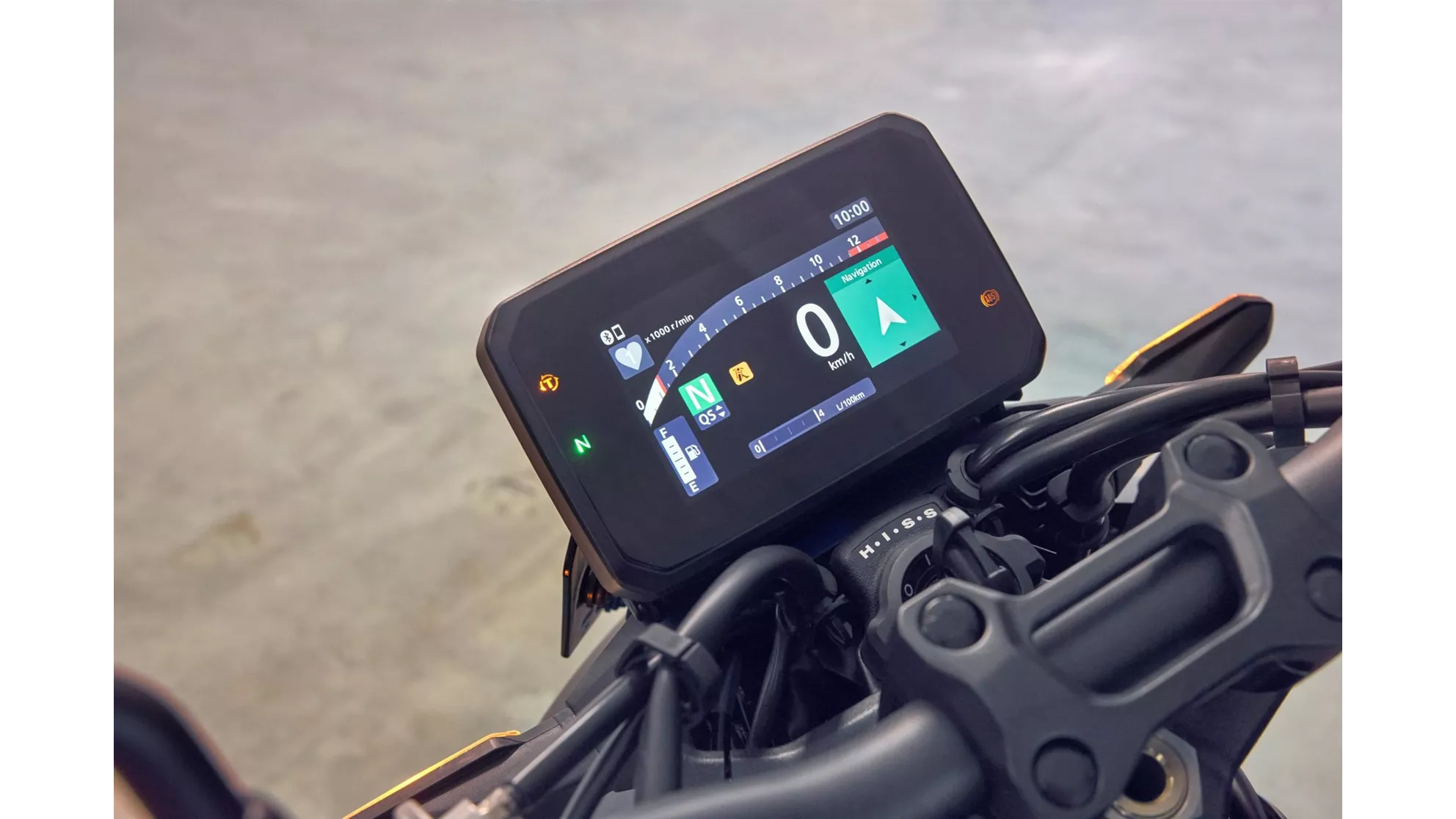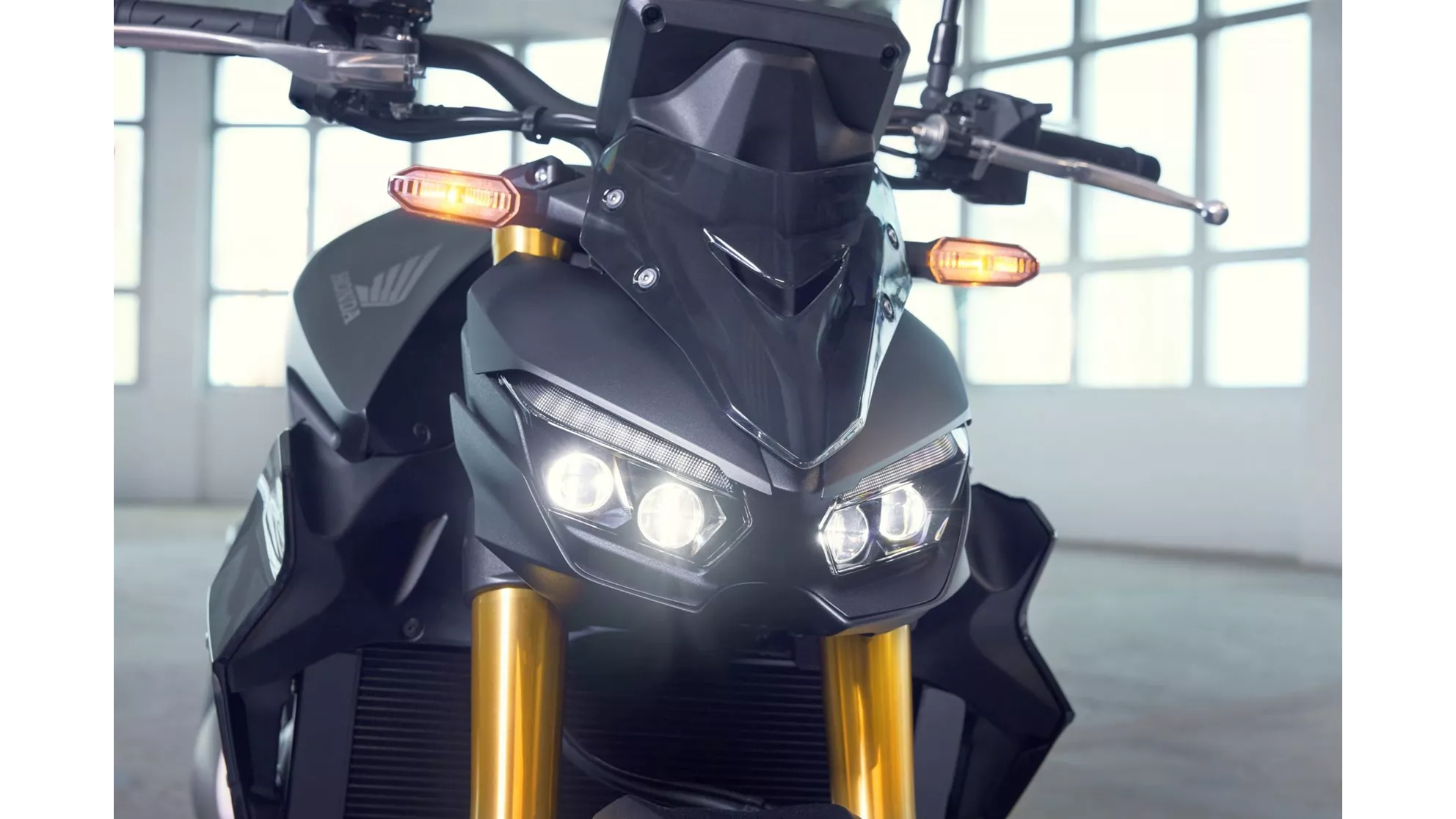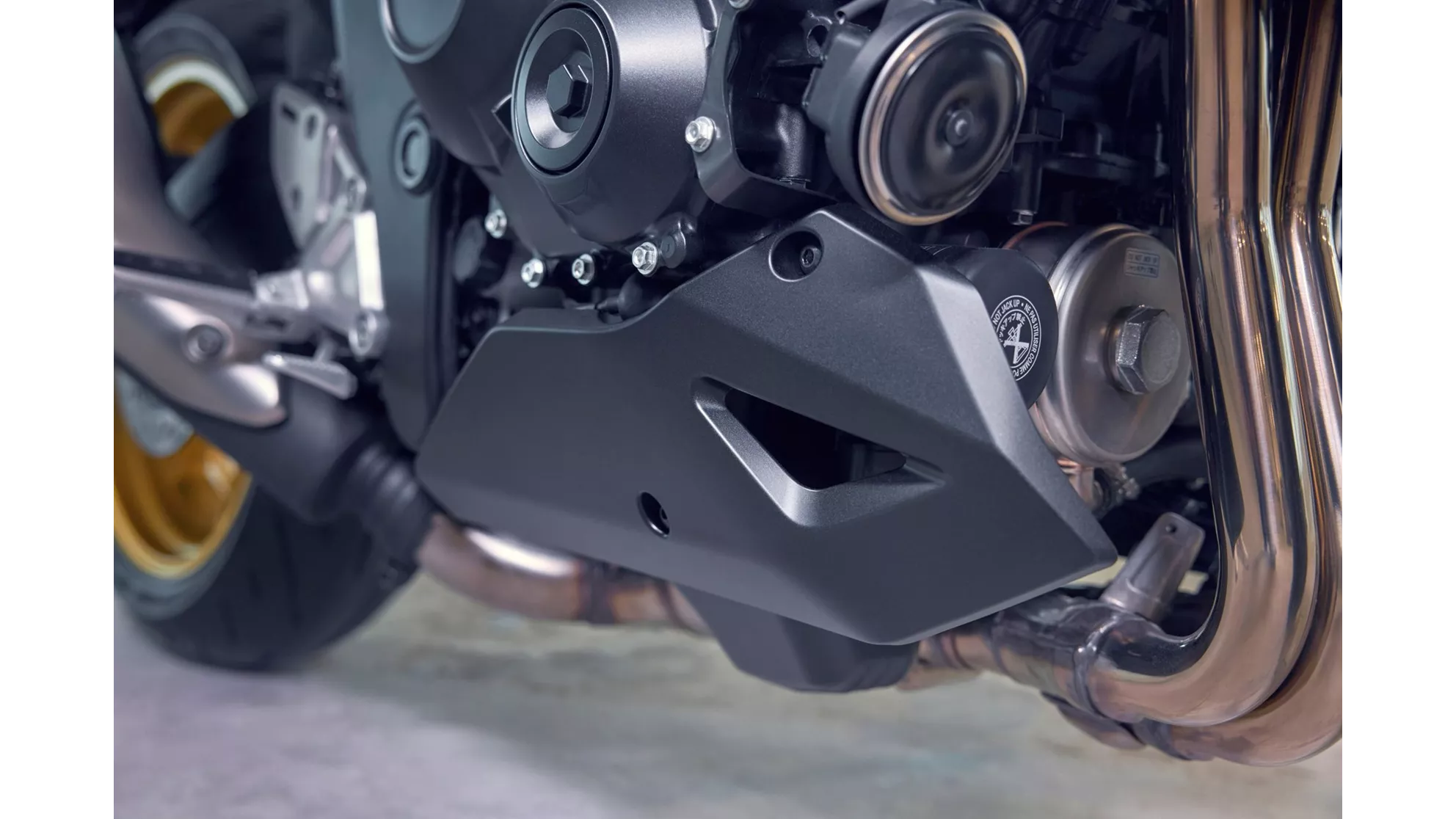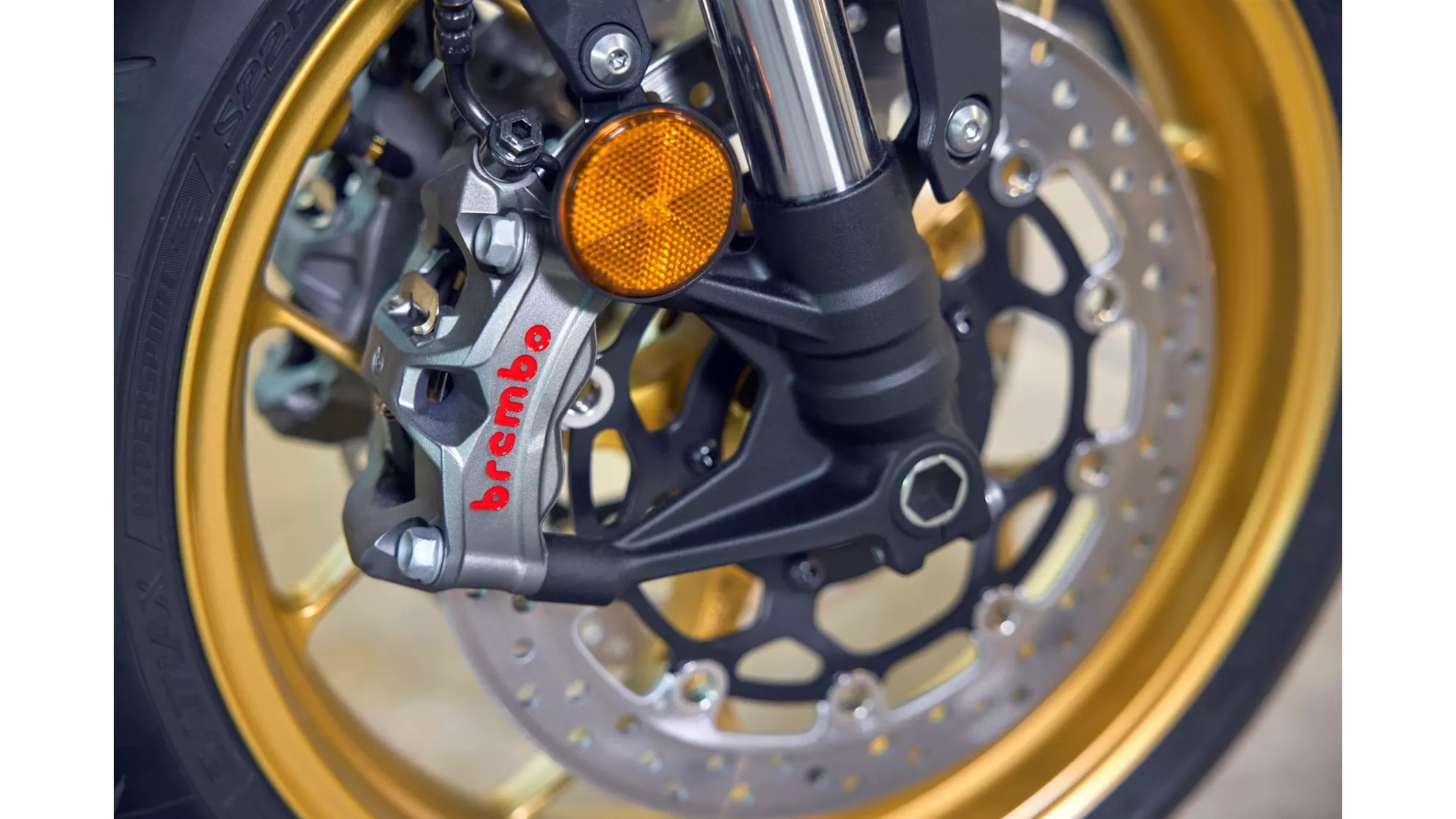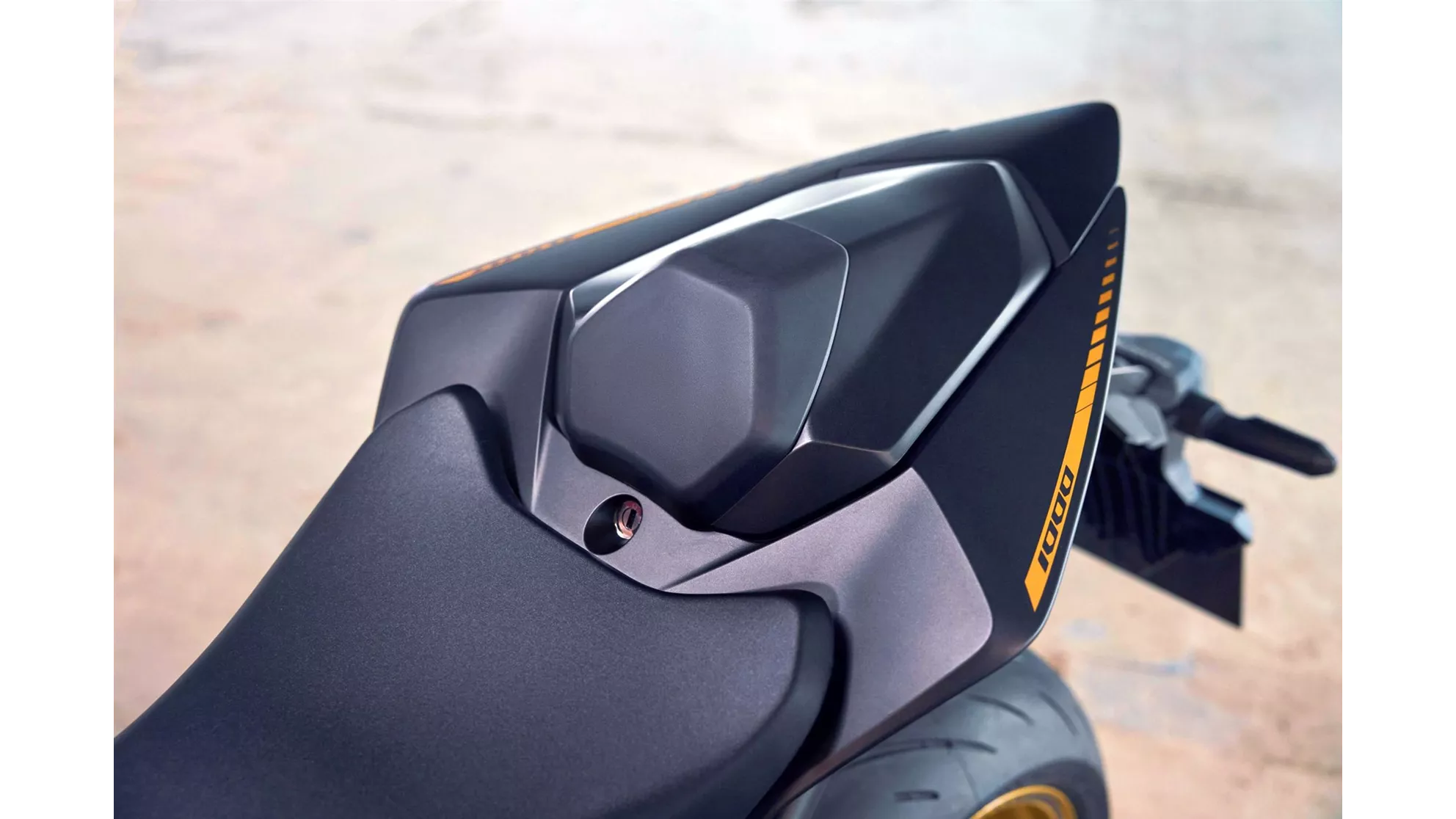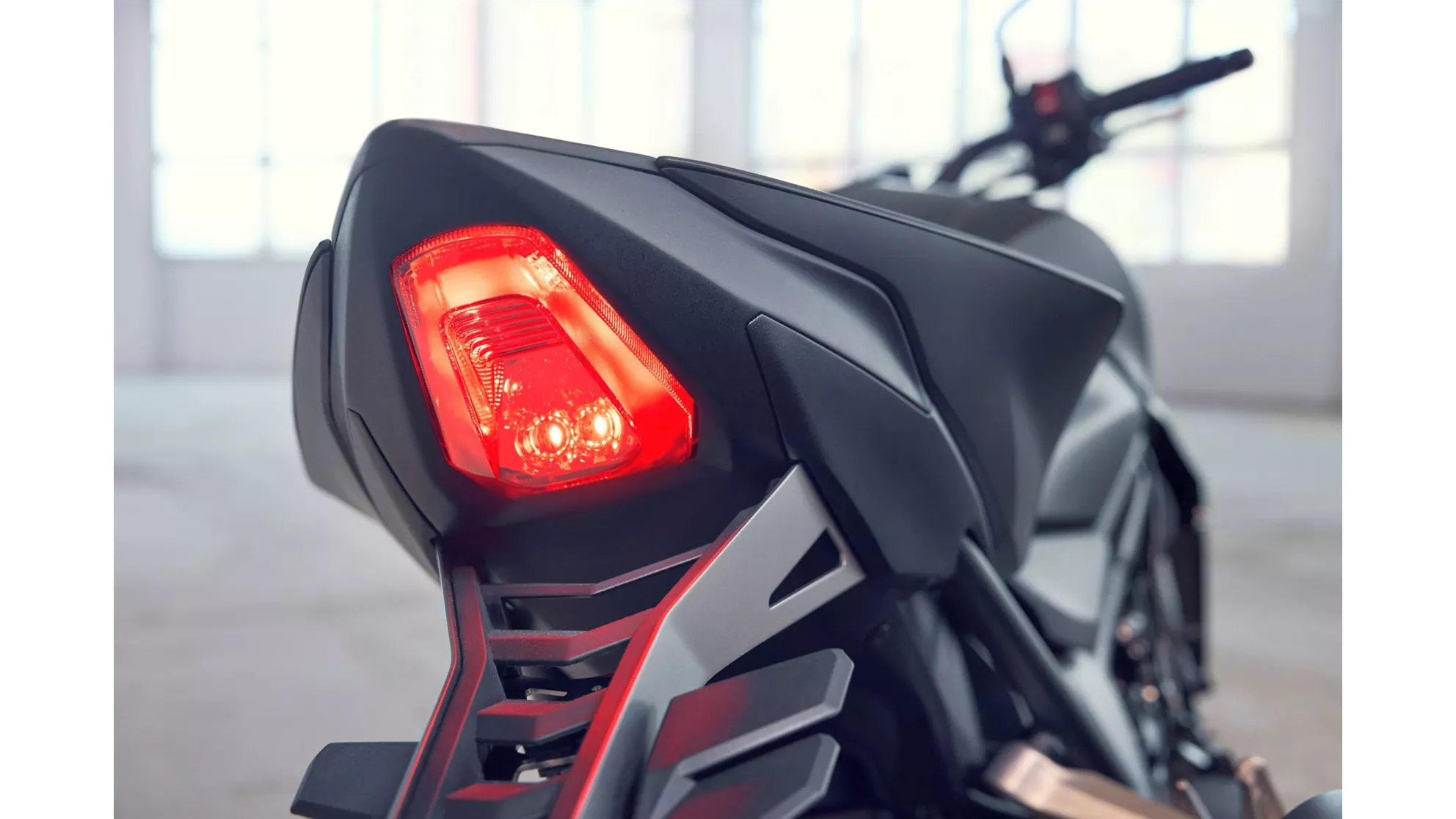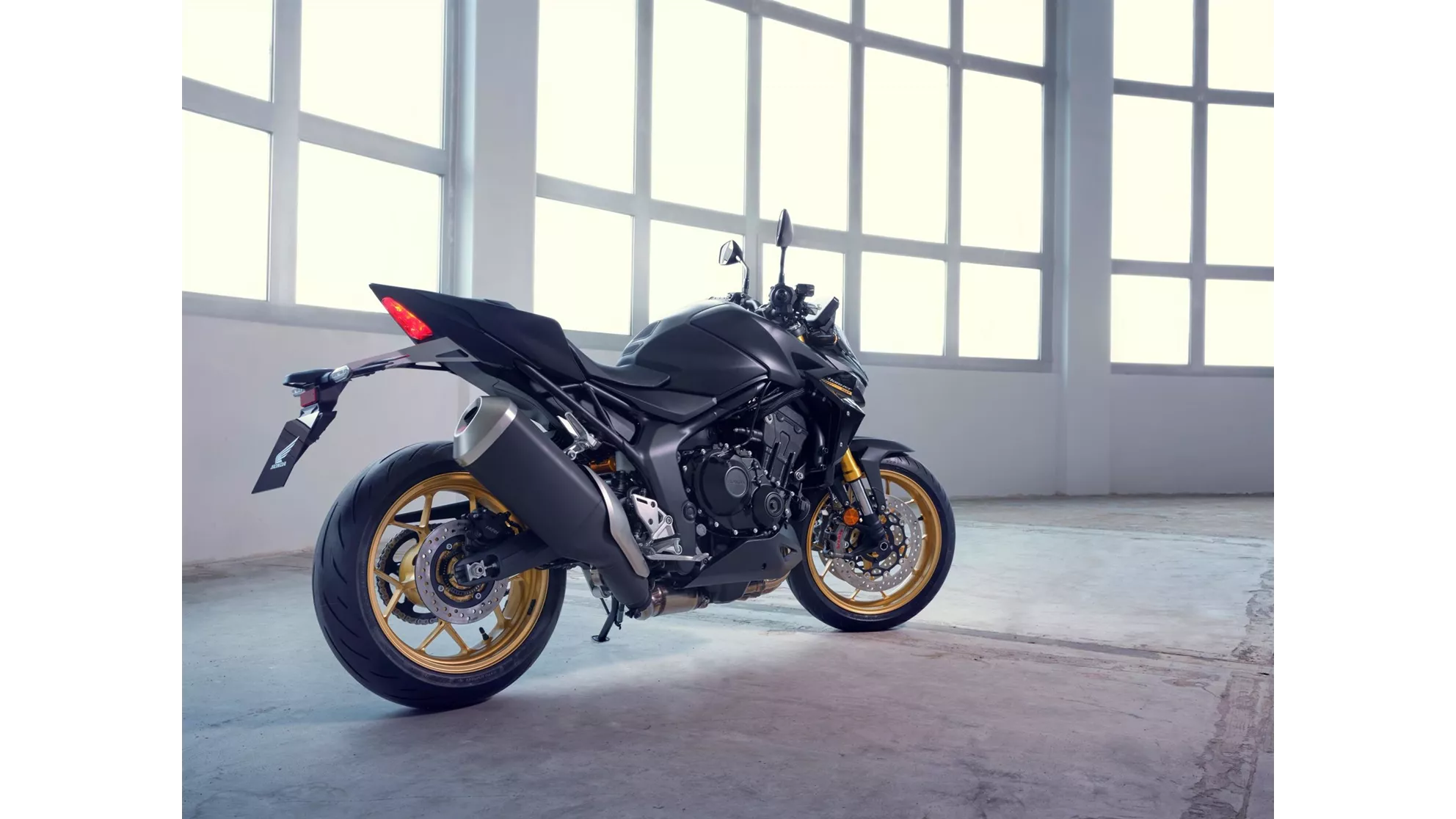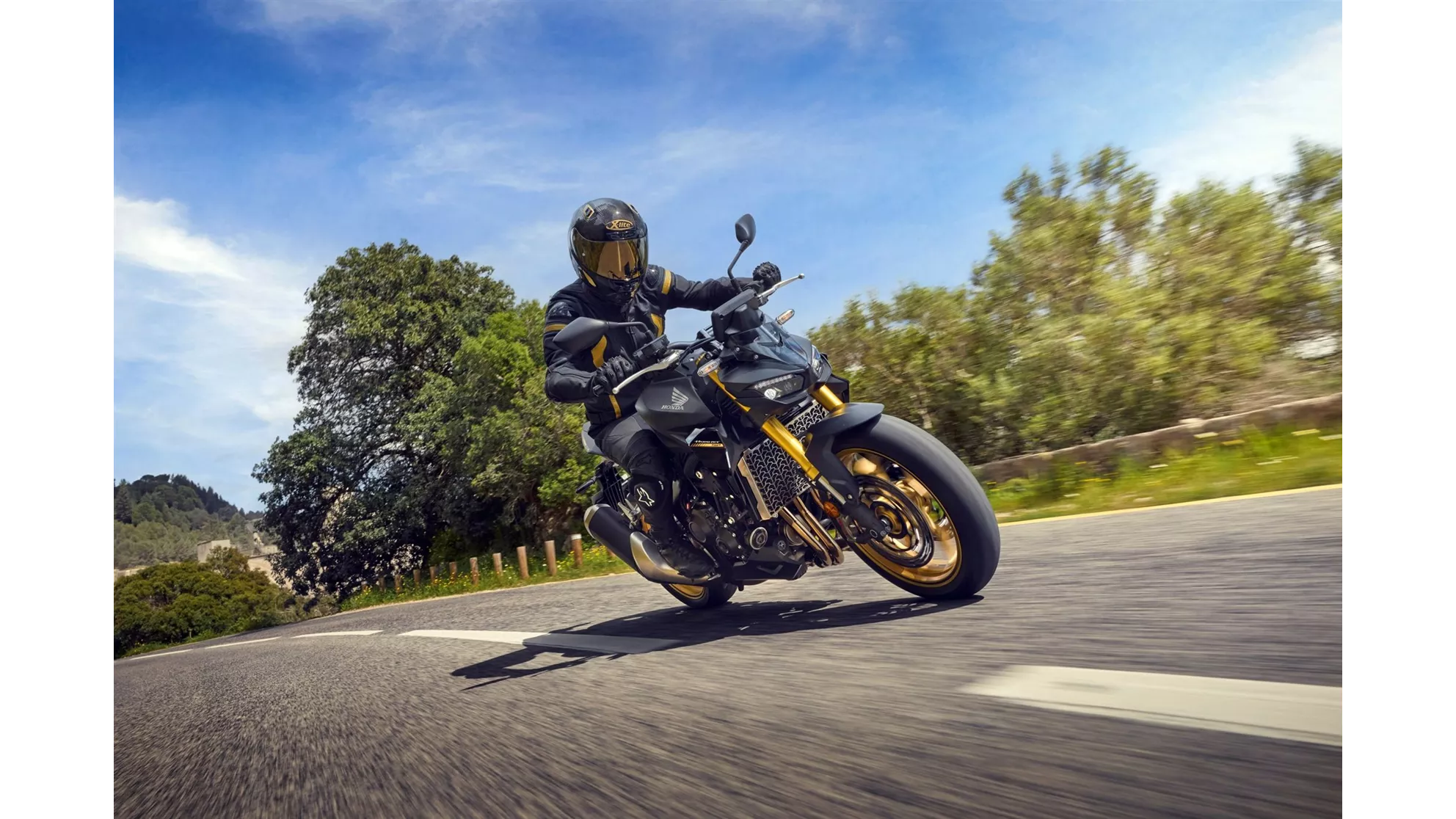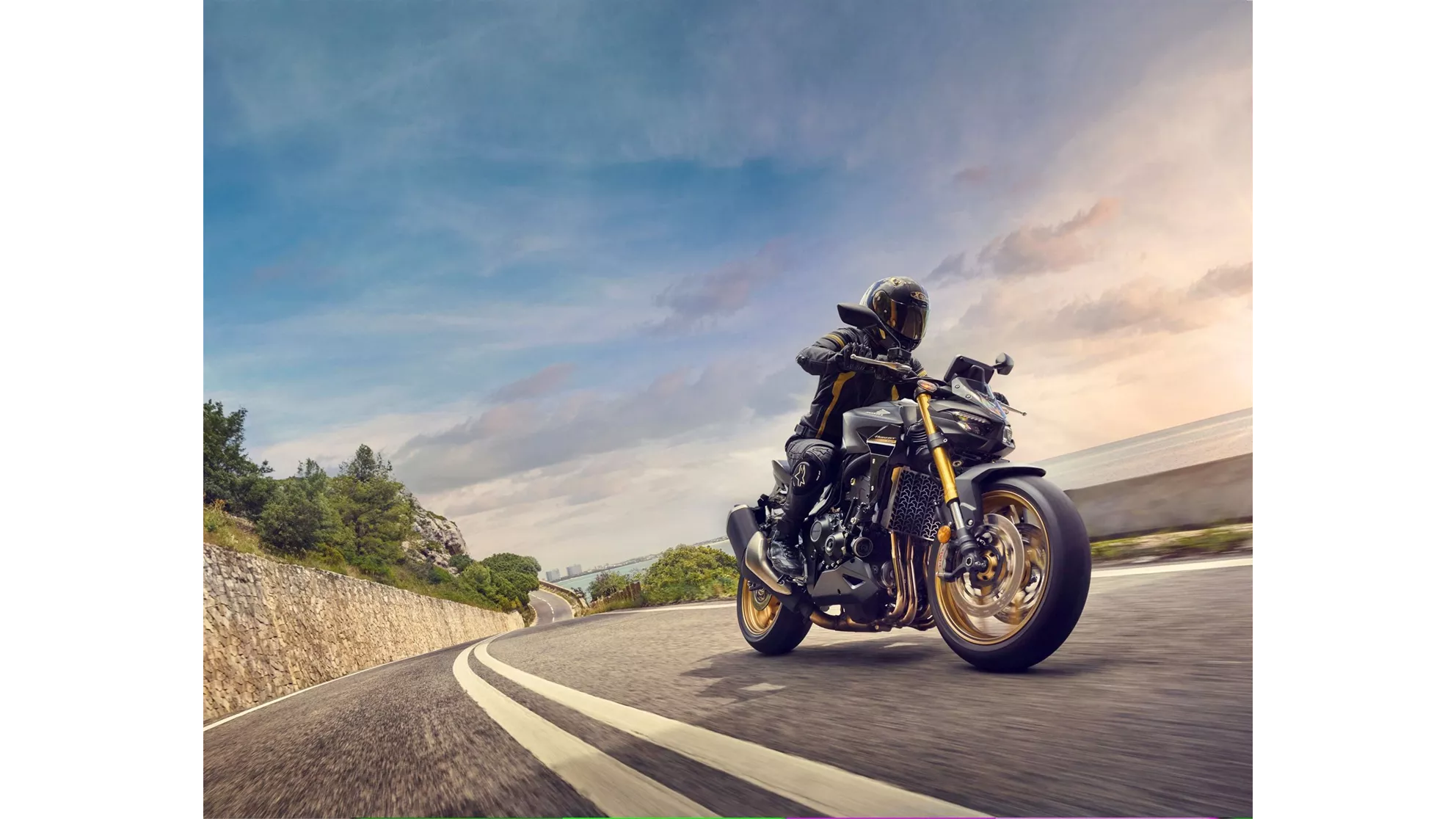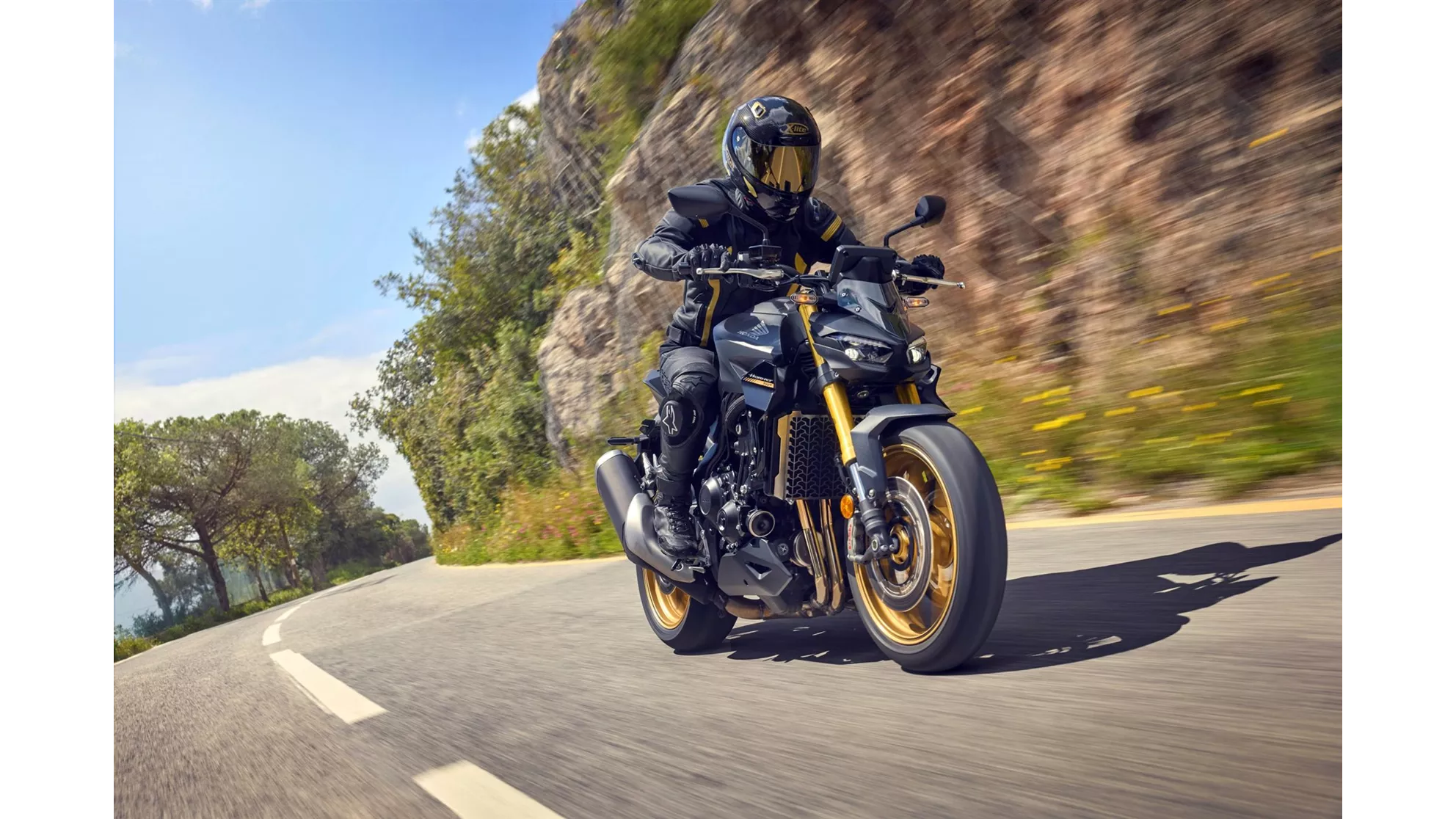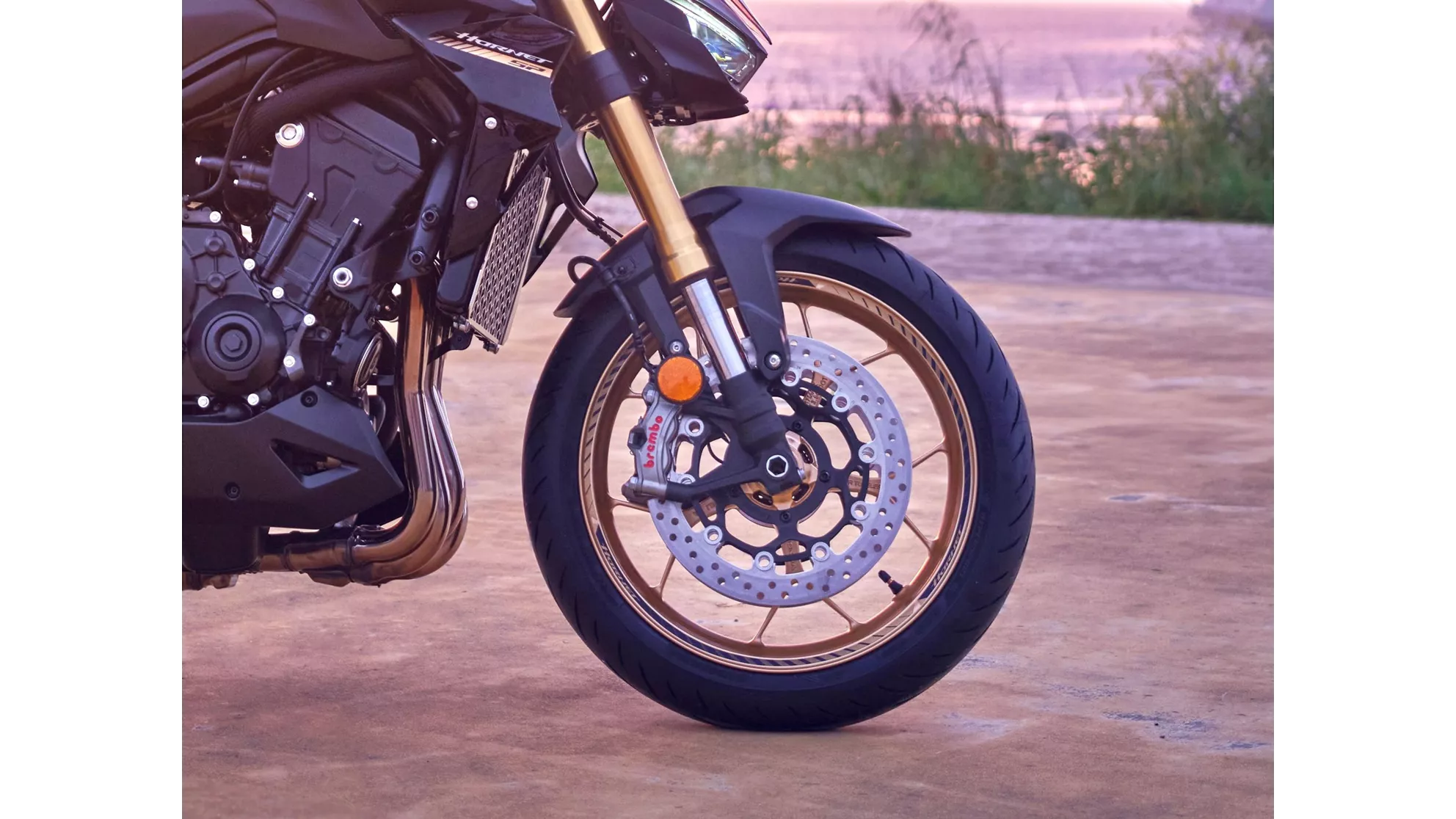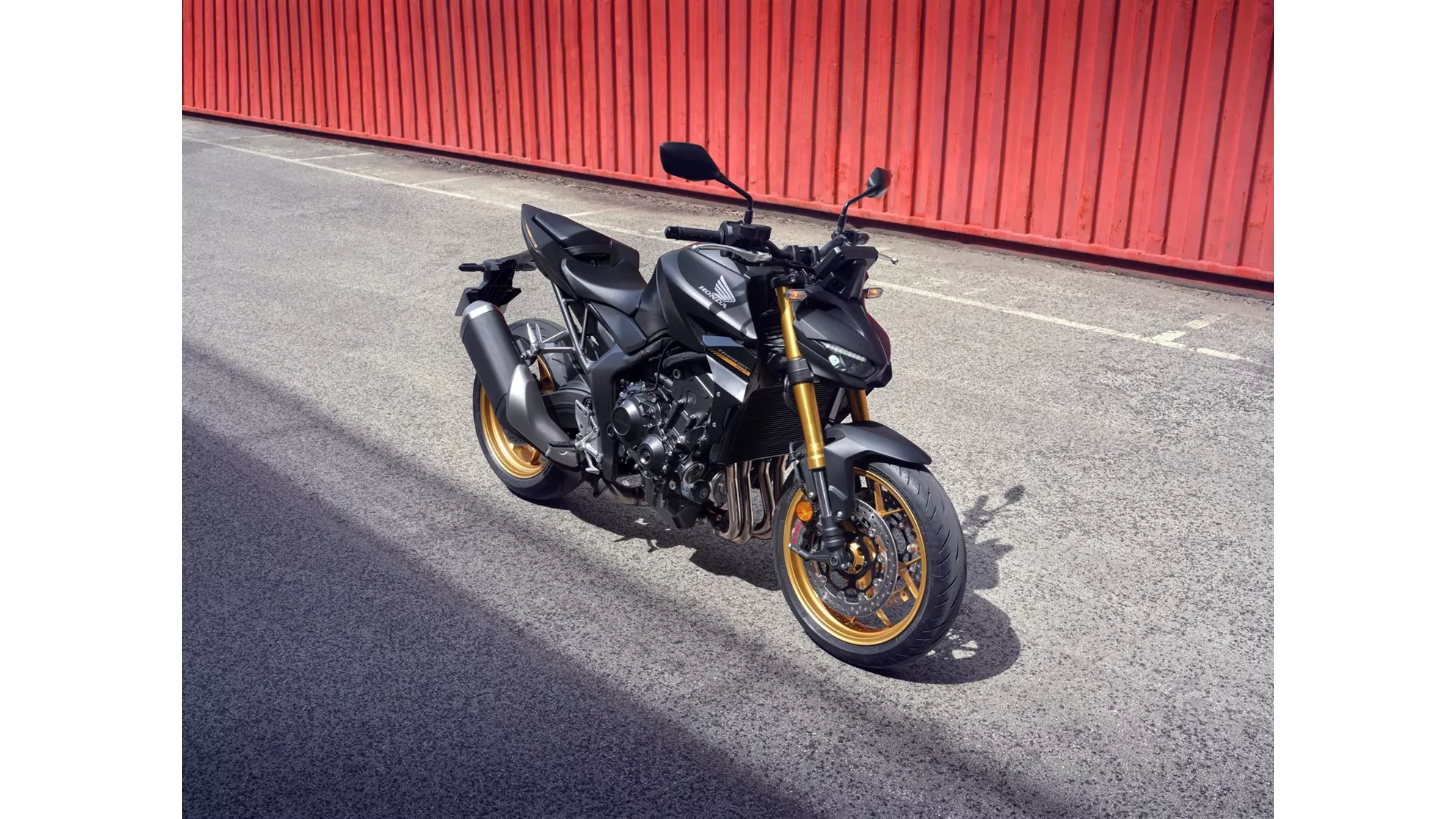It's early morning in the Bucklige Welt as I swap between the two contenders for the first time. On the left, the Kawasaki Z900 SE in classic green; on the right, the Honda CB1000 Hornet SP in subtle black-grey. A mere €154 separates these two naked bikes – in Germany, the Kawasaki costs €12,145, and the Honda €12,299. A price difference not even enough for a set of tires. But the philosophies behind these machines could hardly be more different.
The numbers speak for themselves: 124 horsepower for the Kawasaki and 157 horsepower for the Honda. That's 33 horsepower apart—on paper, a massive gap. Yet, as is often the case, raw numbers only tell half the story. While the Honda boasts sheer power, the Kawasaki counters with electronic finesse and impressive smoothness.
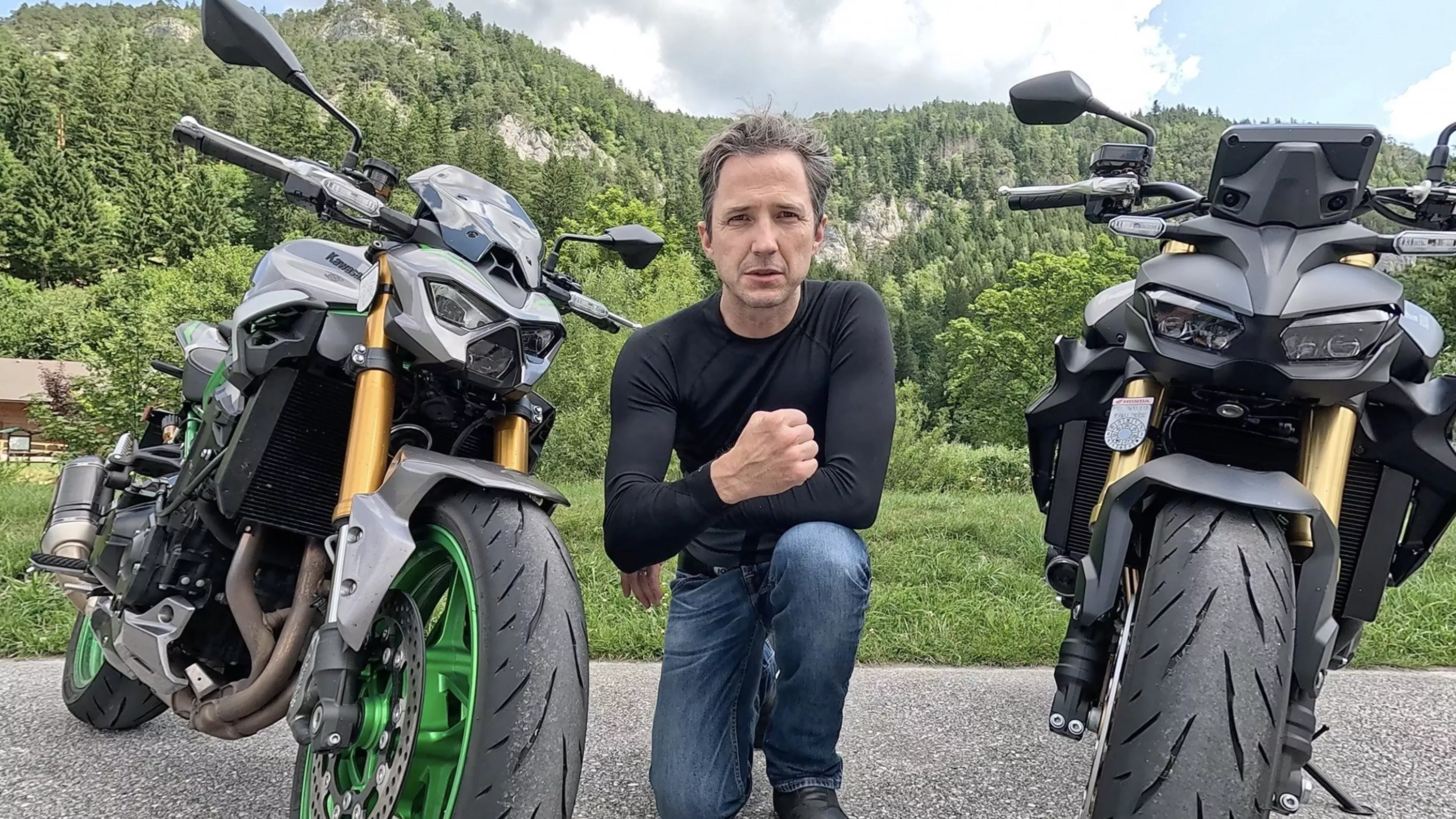
&width=72&height=72&bgcolor=rgba_39_42_44_0&mode=crop)
&width=60&height=60&bgcolor=rgba_39_42_44_0&mode=crop)
